These dogs seem to have cracked the code on staying strong, sharp, and full of life for years.
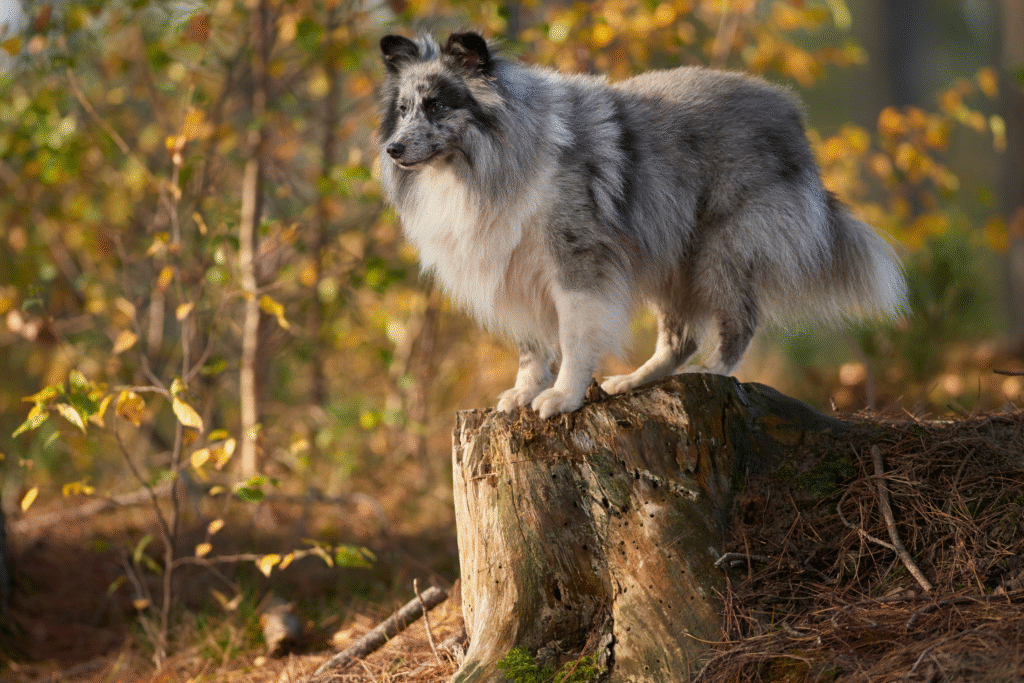
Some dogs just don’t slow down, no matter how many birthdays roll past. They bounce, run, and age with the kind of energy that makes you wonder if they know a secret the rest of us don’t. Vets have noticed patterns too—certain breeds not only thrive with athleticism but also live longer, healthier lives because of it. The way these dogs are built, how they use their energy, and even how they bond with people all play a role in their vitality.
1. Border Collies turn endless energy into lifelong health.
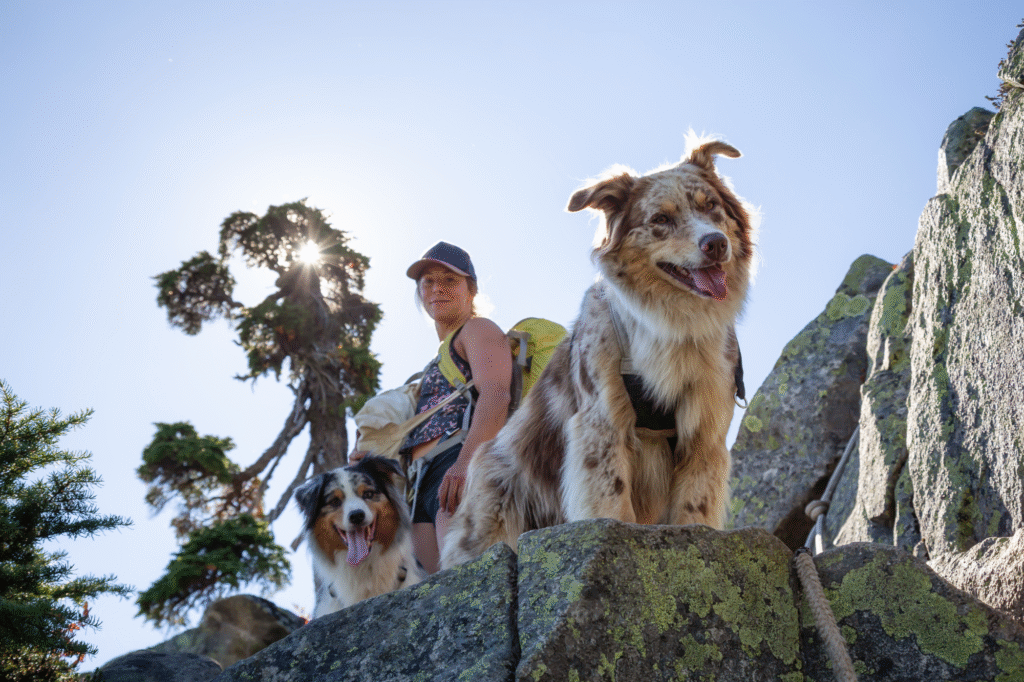
Border Collies aren’t just smart—they’re stamina machines. According to the American Kennel Club, they thrive when their brains and bodies are both constantly challenged. That combination of physical drive and mental sharpness helps keep them healthier for longer, which is why vets often point to them as one of the fittest breeds. Their bodies are lean, their reflexes quick, and their endurance almost unmatched.
Living with one means rarely seeing them tired. A Border Collie will run, herd, and puzzle-solve circles around you if given the chance. The flip side is they need constant stimulation, but owners who meet that demand often find their dogs age gracefully. Fitness for them isn’t an effort—it’s built into who they are, and it shows in the way they seem to outrun time itself.
2. Jack Russell Terriers outlive expectations with grit and stamina.
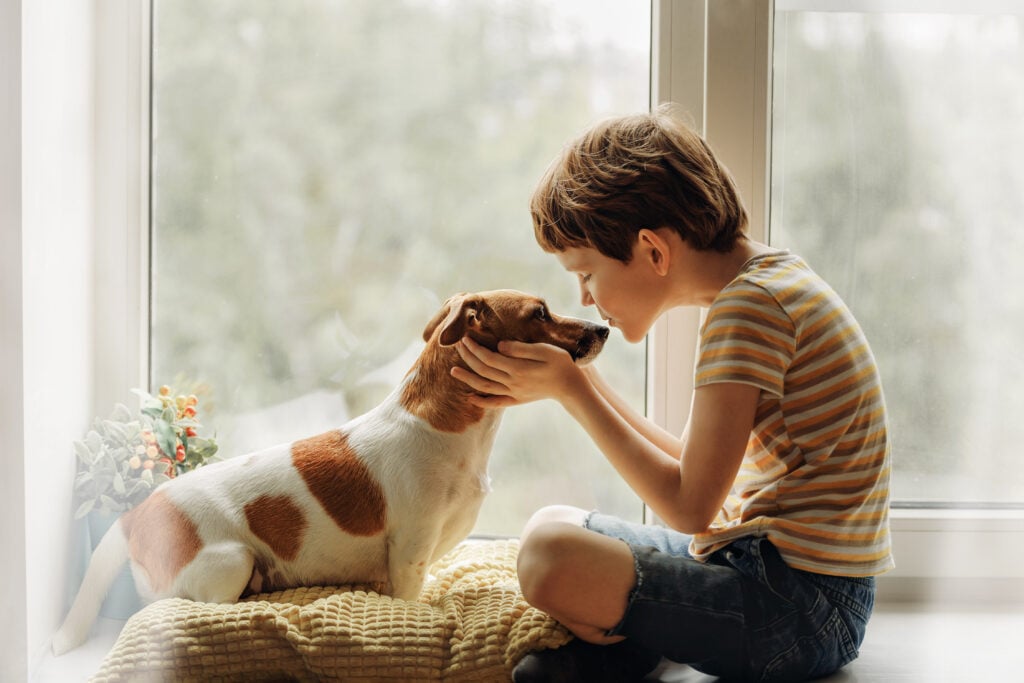
Small but wired with turbo engines, Jack Russells often live well into their late teens. Their feisty spirit translates into fitness, and their need for constant movement keeps them lean and lively. It isn’t unusual to see a senior Jack Russell still bouncing after a ball with the enthusiasm of a puppy. That longevity, as reported by PetMD, makes them stand out in the canine world.
Their secret isn’t just energy—it’s their determination. These terriers throw themselves into everything with gusto, whether it’s hunting, digging, or chasing toys. That zest carries into old age, keeping them alert and spry. Even when their bodies start to show age, their spark rarely dims, and that vitality is exactly why vets often hold them up as an example of fitness done right.
3. Australian Cattle Dogs refuse to slow down even in old age.

The Australian Cattle Dog is practically a legend for living long, active lives. Some are recorded reaching nearly 20 years while still working, as discovered by the Guinness World Records when one named Bluey lived to 29. Their durability comes from generations of being bred to herd cattle across rough terrain, which made strength, stamina, and resilience non-negotiable traits.
Even as companions, they rarely settle into couch-potato mode. They’re happiest when working, whether that means running alongside a bike or learning new tasks. Their fitness is less about bursts of energy and more about steady, sustained effort that lasts for hours. That ability to stay strong well into their senior years makes them one of the clearest examples of canine vitality.
4. Whippets prove that speed and health go hand in hand.

Whippets are built for sprinting, yet they balance their athleticism with a surprisingly easygoing lifestyle. Their lean frames and powerful legs give them bursts of explosive energy, but unlike some high-strung breeds, they also excel at recovery. This balance helps keep their bodies strong without wearing them out prematurely.
They don’t demand constant exercise, but when given opportunities to run, they unleash their full potential. That mix of speed and moderation seems to contribute to their overall health, helping them age gracefully. A whippet can go from racing like lightning to curling up calmly on the couch, showing that fitness doesn’t always mean nonstop activity—it can also mean smart energy use.
5. Belgian Malinois maintain vitality through sheer drive.
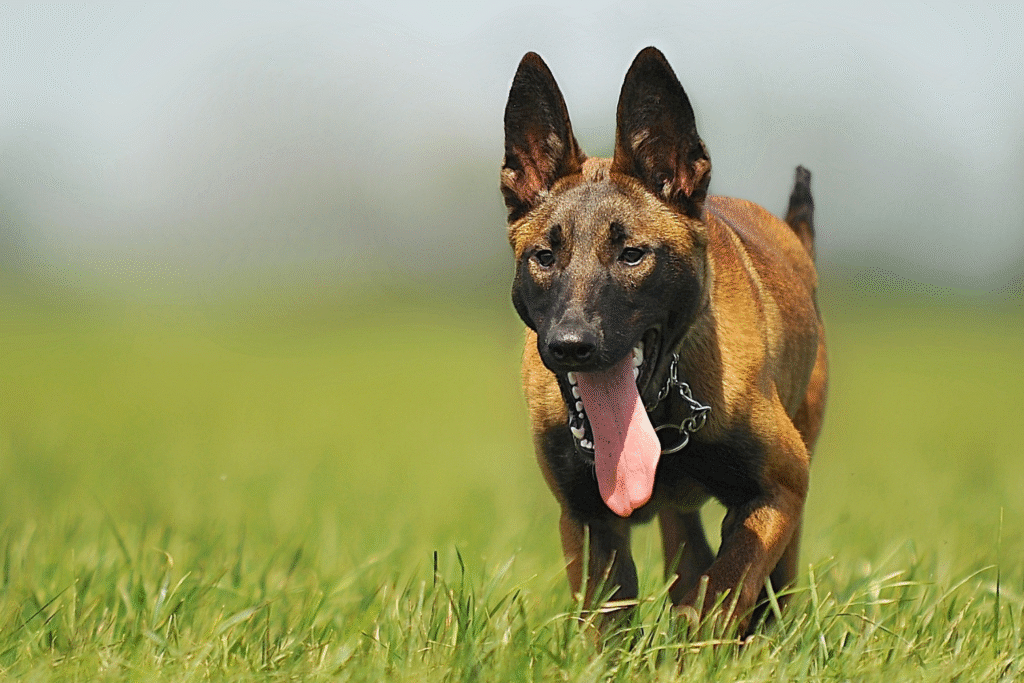
Known as the go-to dogs for military and police work, Belgian Malinois carry themselves like athletes on duty 24/7. Their fitness isn’t just physical—it’s mental, too. They thrive on structure, challenges, and constant engagement, which keeps them sharp well into their senior years.
These dogs bond deeply with their handlers and channel that loyalty into purposeful activity. They’re not easy pets for laid-back homes, but in the right setting, their vitality shines. The combination of discipline, exercise, and mental stimulation ensures they stay balanced and healthy far longer than most breeds with sedentary lifestyles.
6. Siberian Huskies age like marathoners who never stop training.

Huskies were bred to pull sleds for miles in freezing conditions, and that work ethic still shows in modern life. Their fitness is linked to endurance rather than sheer speed, which gives them a kind of stamina that lasts well into their older years.
Even outside of sledding, Huskies thrive when given jobs to do, from hiking trails to running alongside active owners. Their strong bodies and efficient metabolism keep them lean and powerful. Pair that with their social, playful nature, and you’ve got a dog whose vitality isn’t just about health—it’s about joy in motion.
7. Vizslas stay athletic simply by being people’s shadows.
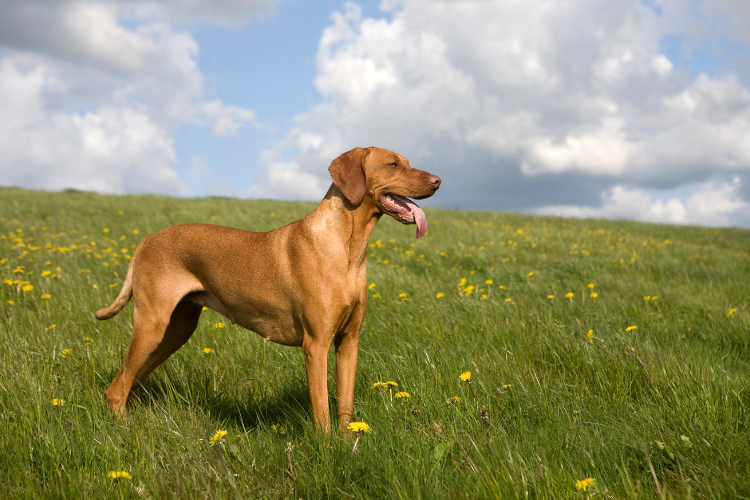
Nicknamed “velcro dogs” because they stick close to their humans, Vizslas channel their loyalty into constant activity. They’re hunters at heart, bred to work tirelessly in the field, and their stamina hasn’t faded over time. Their fitness comes naturally through their sheer desire to keep up with whatever their owner is doing.
That eagerness to stay involved translates into long-term vitality. Vizslas rarely develop the sluggish habits that plague less active breeds, because they’re too busy moving. Vets often see them age gracefully, carrying the same lean, athletic bodies well into their golden years, proving that loyalty and fitness can go hand in hand.
8. German Shorthaired Pointers thrive when their energy has purpose.

Built for endurance hunting, German Shorthaired Pointers don’t just run—they outlast. Their energy is channeled into productive outlets, and that purposeful activity helps keep them healthy longer. They’re muscular, agile, and quick to adapt, which makes them as fit in the field as they are in family life.
These dogs don’t just benefit from exercise, they require it. That demand for activity keeps them in peak condition for most of their lives. With the right lifestyle, their vitality shines well past middle age, showing that dogs bred for demanding jobs often carry longevity as part of the package.
9. Shetland Sheepdogs channel their vitality through work.
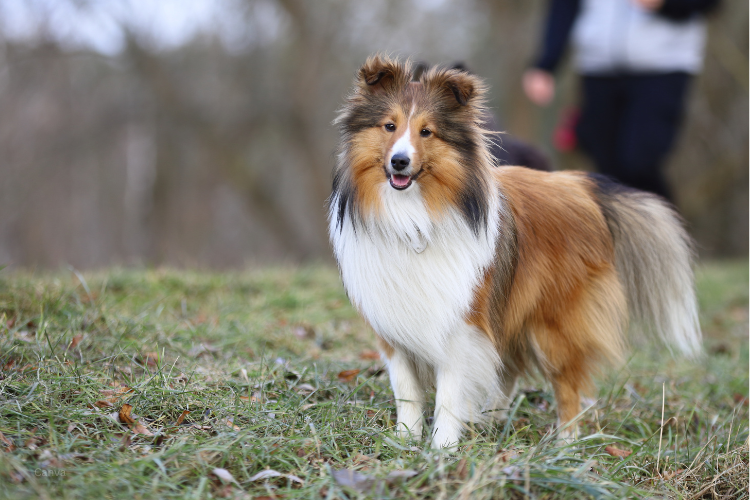
Small but fierce in their stamina, Shelties were bred to herd, and that instinct keeps them active and alert. They may not cover the same ground as a Border Collie, but their sharpness and agility make them one of the fittest small breeds.
Their vitality shows in the way they handle age—still alert, still eager to engage, even as their muzzles gray. They thrive on having something to do, and that constant drive for purpose seems to be their secret to longevity. Fitness for them isn’t a phase; it’s a lifelong trait.
10. Poodles stay vibrant thanks to brains and balance.

Behind the fancy coats, Poodles are athletic, agile, and clever. Their energy is steady rather than overwhelming, and their intelligence keeps them mentally young. That mix of body and mind fitness is why so many vets recommend them as both healthy and long-lived companions.
They’re adaptable, excelling in activities from agility courses to dock diving, which means they can stay active in nearly any environment. Their vitality isn’t about extremes—it’s about consistency. That balance is what carries them gracefully into old age while still looking and acting lively.
11. Shiba Inus keep their vitality wrapped in independence.

Shibas are known for their fox-like looks and strong-willed personalities, but beneath that independence is a remarkably fit breed. Their compact bodies and natural athleticism make them agile, strong, and surprisingly enduring. They rarely let themselves get lazy, partly thanks to their curious and alert nature.
Even in older age, Shibas often maintain their spryness, darting around with the same confidence they had as youngsters. They might not crave constant activity like some working breeds, but their steady, moderate lifestyle seems to be the key to their longevity and vitality.
12. Mixed-breed dogs prove vitality isn’t always about pedigree.
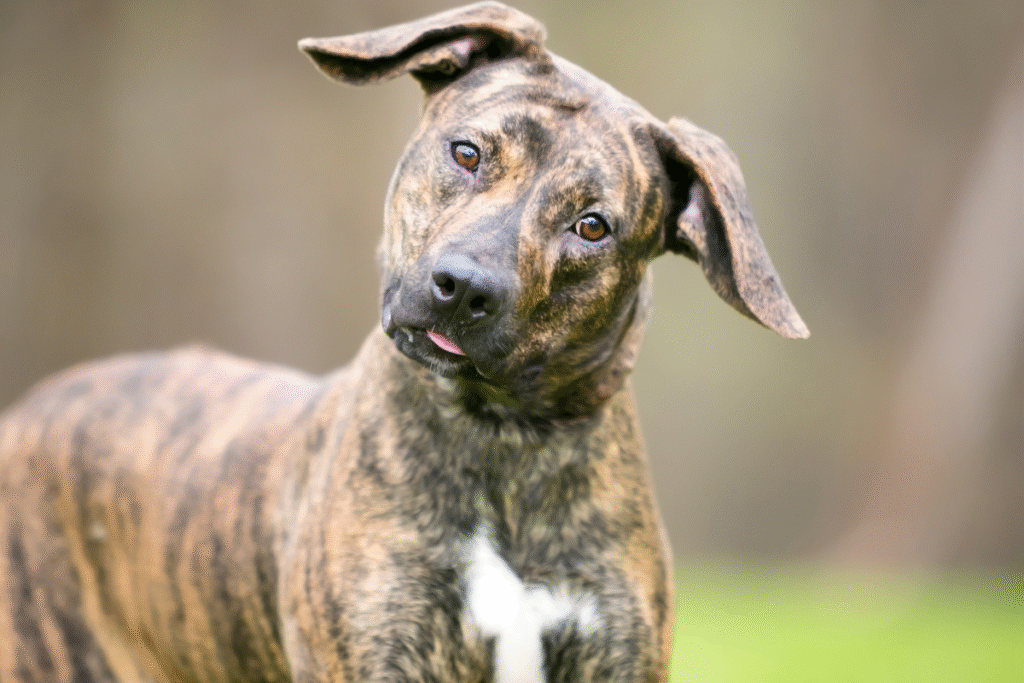
Vets often point out that mixed-breed dogs frequently enjoy longer lifespans than purebreds. Their genetic diversity reduces the risk of inherited health issues, and their fitness often mirrors the best traits of their various backgrounds. That means many mixes end up with vitality that carries them well into their senior years.
These dogs may not come with fancy breed histories, but they bring resilience and adaptability. They thrive in different environments, often staying strong and active well past what you might expect. Longevity, in their case, is proof that fitness isn’t just about bloodlines—it’s about balance, adaptability, and the joy of living.
